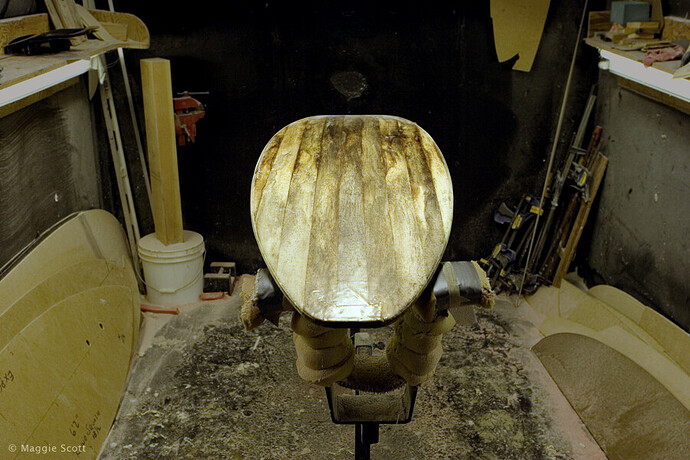hi guys
i read this topic and is very interesting,but im also a foam producer im not in worldwide distribution,
im a just a small… but what you should be pay attention to call a foam green or not
is about term ecofriendly , is the type of blowing agent used, before was the cfc and wasbanned, now we have the hcfc and in 2-3 years will be also world wide banned ,to understand blowing agent need more than 9 years to dissolvein the air ,some other just few days but have higher price,sometimes foam producer always look to save money to make more profitable the products or maybe they dont know about chemistry or they just using a formulation provided from big chemical company .
now all the polyols are coming from crude oil…can be algae or palm oil , so many company write we are green using algae.or whatever … and bla…bla…
but polyols are from crude oil.
what is dangerous for who use the blanks ,like the shaper and who preshapes blanks is what type of catalyst been used to get the foam.
you will see many blanks have stronger odor some less,that is amine odor catalyst… and is not healthy…also here there are new generations of catalyst
with lower odor but much more expensive…and inside the foam … rigid foam have around 90 percent closed cell…inside there is gas… and most of them are not friendly…
so basically the main game of big company selling the safer and greener products for more $$$.
okei be safer and green as possible ,but shaper always need first the quality of the foam…foam makes the quality of a surfboard , client want always light but strong
so the foam make the difference.
but until now nobody make a test comparative of the foam.probably because nobody want talk bad about other company,also test are not cheap to do.
if some want i will do… i have all type of foam of major producers…
i always compare my foam to understand if quality is good or poor or where i should improve compared to otherfoam producers
i always do this test
cell size.
weight density
compression
elongation
perforation
discoloration
flex and spring test
flotation test resistance
absorption of water.
to be honest at moment the best formulation i have ever seen is surfblanks in australia
super strong formulation… is very hard but also have a weight density of 58.82 the highest compared to other.but
makes the board stronger even with only 1 layer on deck…
compared to us blanks or bennett have lower weight density but also lower mechanical resistance.
after flex and spring i will not mention,so someone have better strenght other more flex and spring…
thats make the board feel more alive… but some surfer looks for durability…they cant understand the feeling of flex and spring of the foam.
we make a test with a small machine making 5000 repetitive small bend …around 45 degrees
and after we record every cycle of 100 to see how it goes…
so to judge a foam quality is not easy …
and polyurethane is not obsolete is the most advanced product for
structural foam …for quality-prices…always new chemical arrive on market
after is to us to find the correct use and formulation…to get the results we need… if you need foam cheap? strong? light?super flex? fast rebound?
not turn yellow fast ,super white…
now tyred to typing…
sorry for my bad english…



